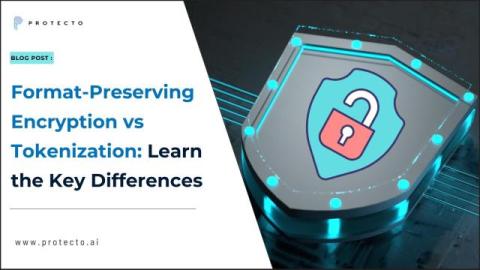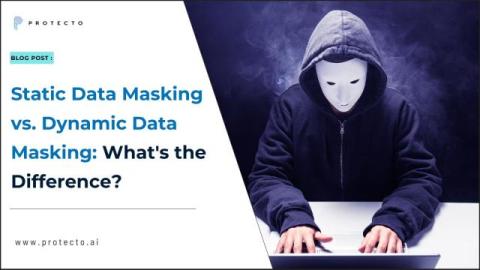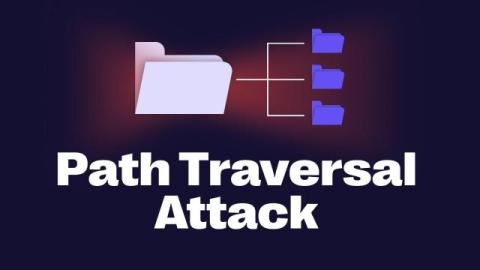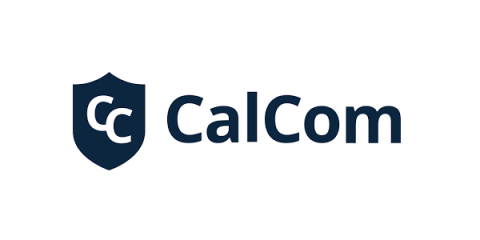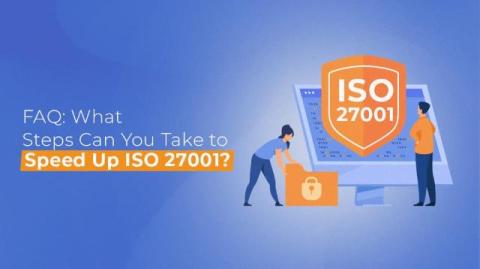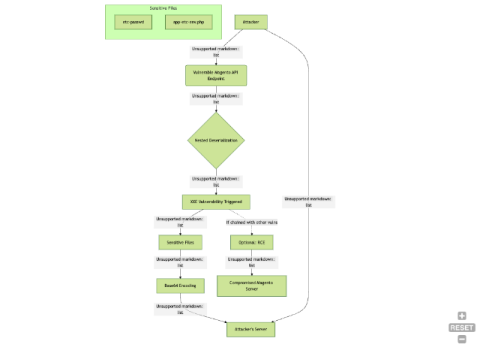Format-Preserving Encryption vs Tokenization: Learn the Key Differences
Data security demands robust protection methods in our digital age. Format-preserving encryption and tokenization stand out as robust solutions for safeguarding sensitive information. Understanding the difference between data tokenization and encryption helps organizations protect data while maintaining usability. Modern businesses must choose between encryption vs tokenization for their needs. The choice between these methods impacts system performance and security levels.


